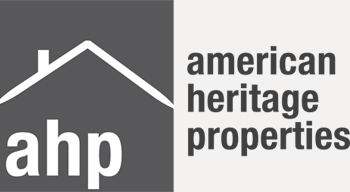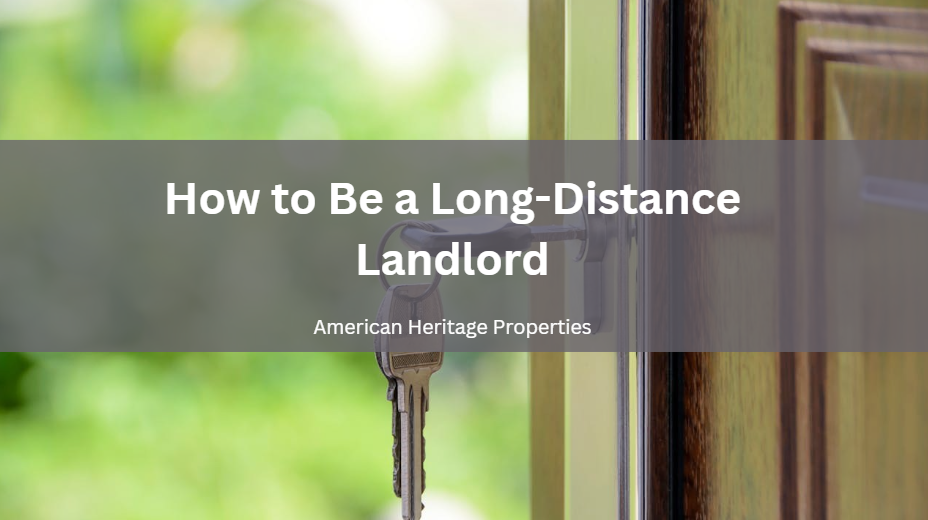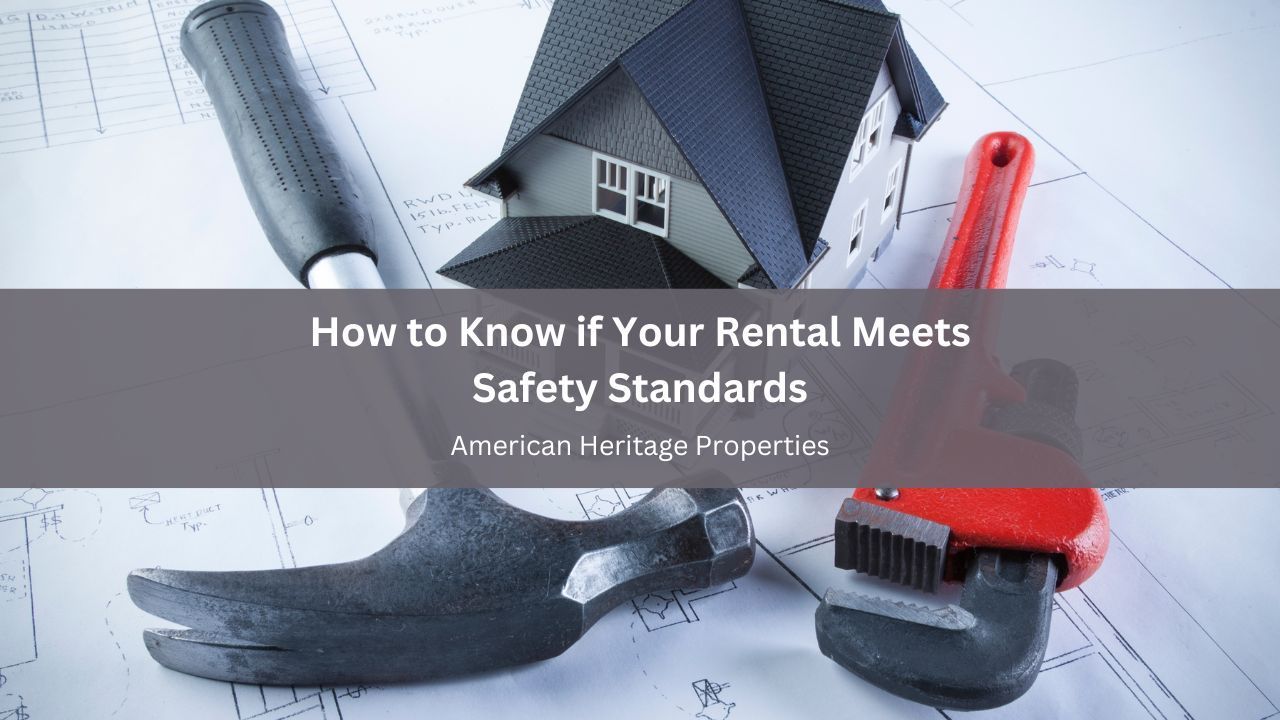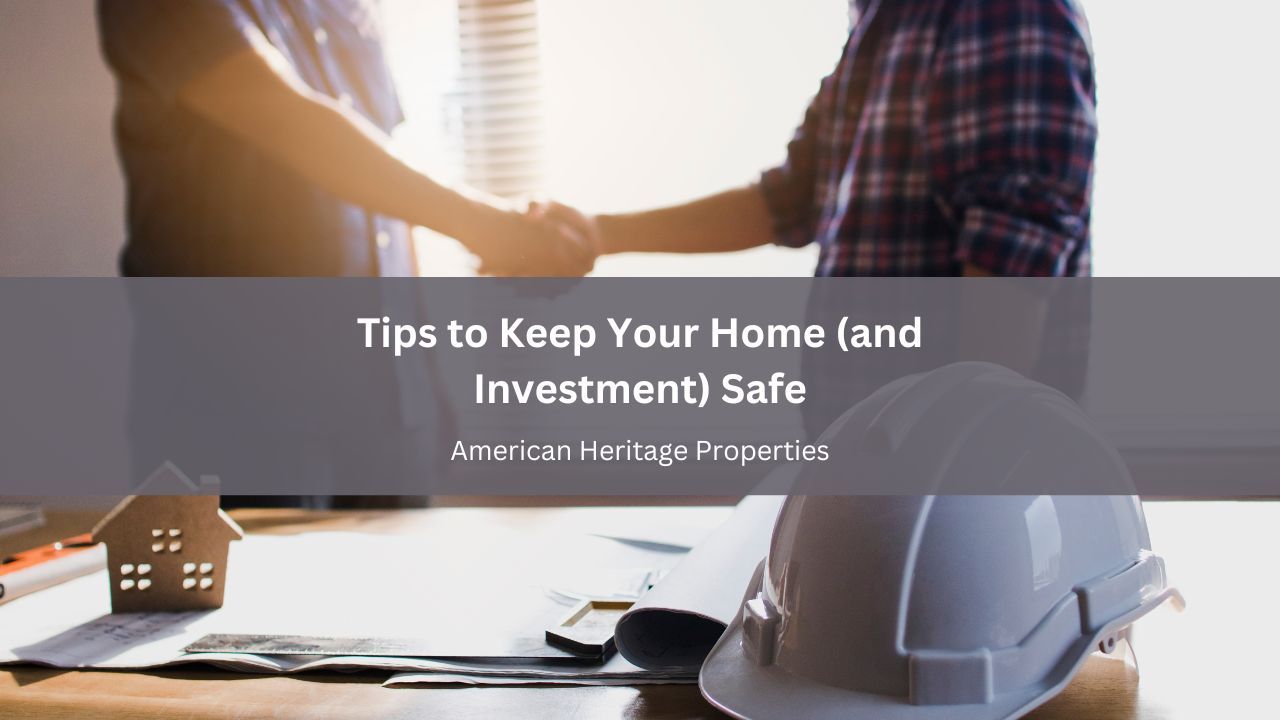Should You be Pet Friendly?
A significant portion of the rental population have either a cat or dog and the number appears to be growing. This raises the question of whether a landlord should consider renting to a tenant who has a pet. I have been with American Heritage Properties for over 26 years and in that time what I have found is that the most important factor is the quality of the tenant, not whether or not they have a pet.
There is such a wide range of quality with regards to tenants. A tenant who will not take care of your home and not pay the rent on time is the same tenant whose pet will typically cause a problem. A tenant who takes care of your home and pays the rent on time is likely to be the one with little or no pet damage. Are there any guarantees? No, there never are any guarantees when renting your home, but the likelihood of a tenant damaging your property is only slightly increased when you properly screen the tenant.
Since there is a slight increase in risk, if you have two identical applications and one has a pet then typically we will recommend the one without a pet, but again this is only a slight difference.
If you choose to not consider pets at all then you will lose a significant portion of the rental demand, but if you say that you will “consider” pets then it leaves the option open and gives you more potential tenants to choose from.
Keep in mind that tenants that require a pet for a disability and meet the legal requirements cannot be excluded on the basis of the pet.









